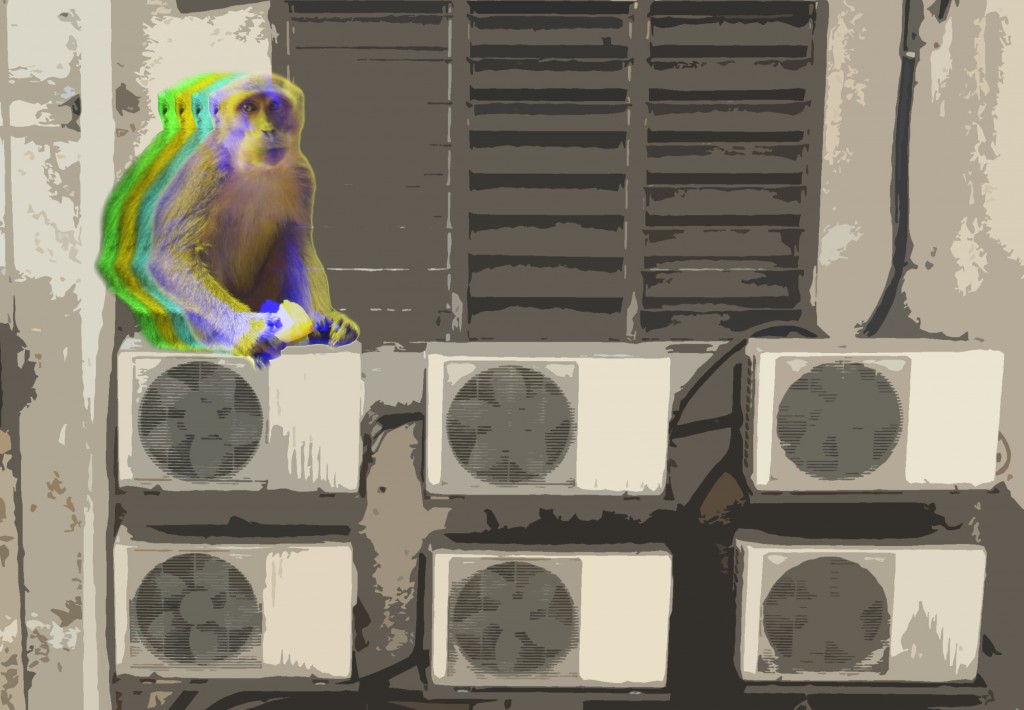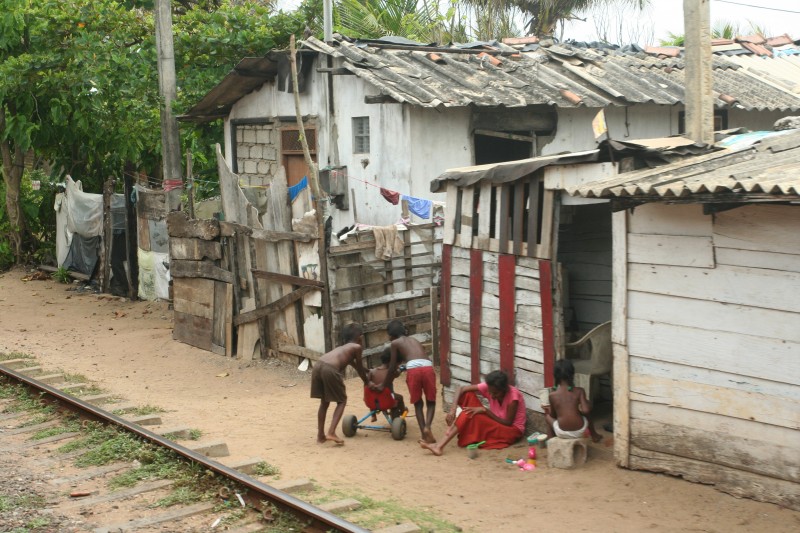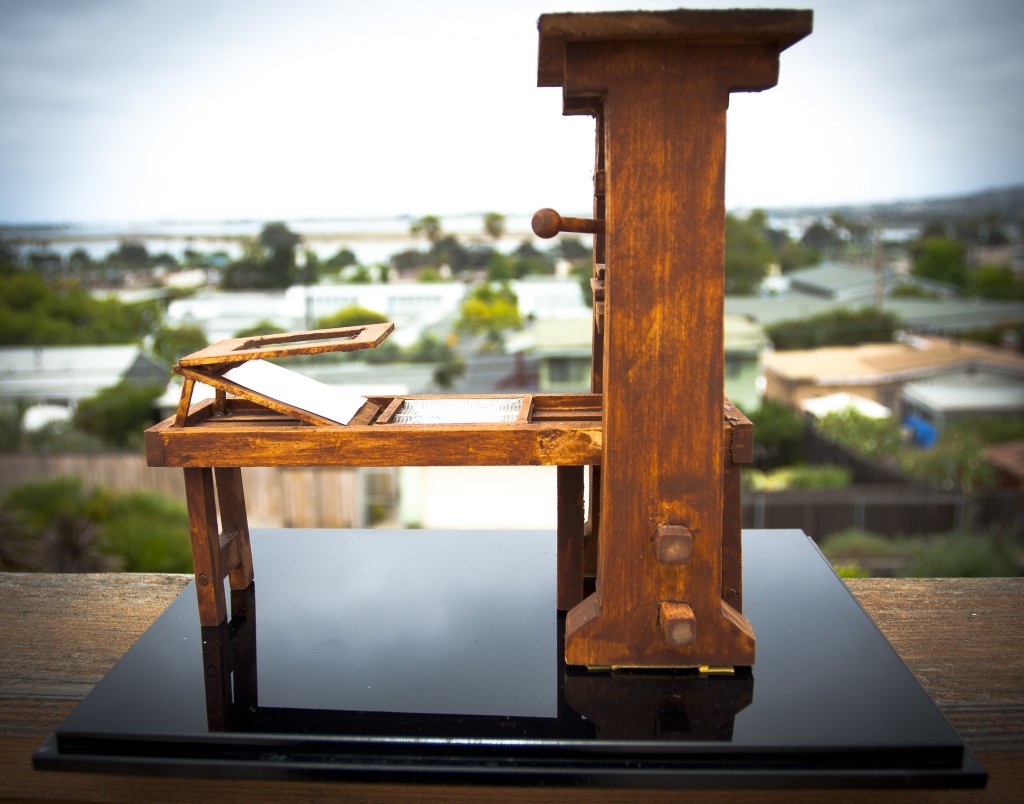 I spent a week in Kuala Lumpur, Malaysia. It was hot. Very hot. I walked around the city and couldn’t help but to notice all of the AC units hung on the outside of the buildings throughout the city. My eyes were drawn to these vital cooling machines as I walked in the nearly unbearable heat of the midday sun in the city. I was longing for an opportunity to sit in an AC building, but also wondering why the city had been constructed in a place that is so hot.
I spent a week in Kuala Lumpur, Malaysia. It was hot. Very hot. I walked around the city and couldn’t help but to notice all of the AC units hung on the outside of the buildings throughout the city. My eyes were drawn to these vital cooling machines as I walked in the nearly unbearable heat of the midday sun in the city. I was longing for an opportunity to sit in an AC building, but also wondering why the city had been constructed in a place that is so hot.
It sparked some thoughts about what is needed to live in this ‘perfected modernity’ we have created for ourselves and this battle against nature we have so enthusiastically participated in.
The image came into being not just from my experience obsessing about the heat of the city, but also the trip I took to the Batu Caves a few minutes outside the city center. The Batu Caves are beautifully (and naturally) constructed caves filled with monkeys and tourists alike. I couldn’t help to think about how much cooler it was in these caves than any place I had experienced in the city. It was a naturally designed air conditioning system, and it was beautifully constructed and enabled nature to continue flourish to a much greater extent than the middle of the city.
Of course there aren’t enough natural caves to go around for every inhabitant of the world; however, there is much to learn from these natural structures that seem to provide a healthy combination of nature and human use.
I put these two images together of what I claimed to be a ‘natural’ city in the Hindu temple cave, and a ‘perfected’ city in the center of Kuala Lumpur. The monkey was sitting in the Hindu cave, and the AC units are from the KL city center. The monkeys’ expression looks concerned, just as we should be about our current growth and consumption patterns. I placed the monkey on top of the AC units to demonstrate how disconnected we’ve become from nature. It just doesn’t look right that a monkey is sitting on an AC system. It is an attempt at mocking this ‘perfected world’ we have created for ourselves. The monkey doesn’t need AC to survive, why do we?
The distortion of the colors of the monkey represent our digital and technological revolutions as being the potential catalyst for changing how we live with nature. Whether it be through movements that start online, or environmentally conscious design, we yield more power than ever to begin to change our focus of what is important in the future design of cities.
Why didn’t the city planners incorporate a design that used the features of nature to regulate temperature and natural well being?
There is much progress to be made in the design of the ‘modern city’, one of the pioneers is the architect William McDonough. Watch his TED speech here. View his website here.




